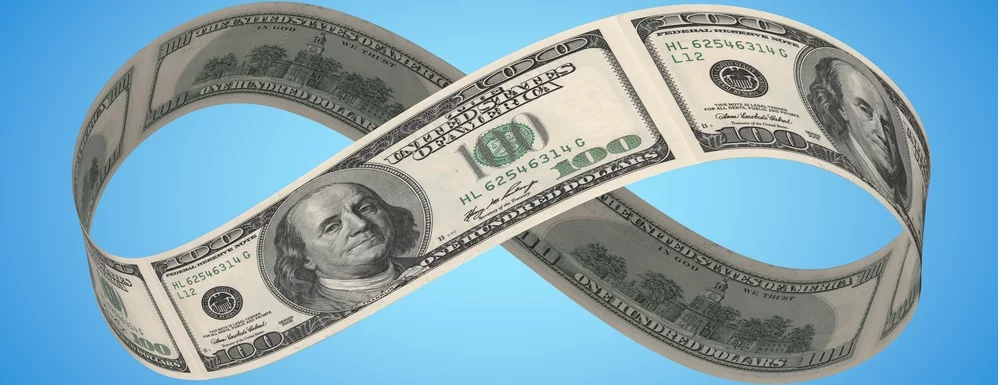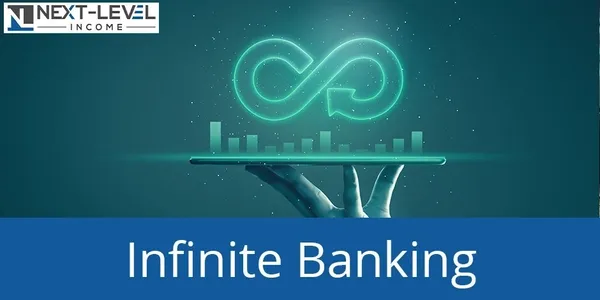All Categories
Featured
Table of Contents
Okay, to be fair you're truly "banking with an insurance policy business" instead than "banking on yourself", yet that idea is not as simple to market. It's a little bit like the concept of getting a home with cash money, then obtaining against the home and placing the cash to function in an additional investment.
Some people like to chat concerning the "speed of money", which primarily means the very same thing. That does not imply there is nothing beneficial to this principle once you obtain past the advertising.
The entire life insurance policy market is plagued by excessively expensive insurance coverage, enormous payments, shady sales practices, reduced prices of return, and badly enlightened clients and salesmen. If you desire to "Bank on Yourself", you're going to have to wade into this market and in fact buy entire life insurance. There is no substitute.
The assurances inherent in this product are critical to its feature. You can obtain against the majority of types of cash money value life insurance, yet you should not "bank" with them. As you buy a whole life insurance coverage plan to "bank" with, keep in mind that this is an entirely different section of your financial plan from the life insurance policy section.
Acquire a huge fat term life insurance policy policy to do that. As you will certainly see below, your "Infinite Banking" plan truly is not going to accurately provide this vital financial feature. One more trouble with the reality that IB/BOY/LEAP relies, at its core, on a whole life policy is that it can make acquiring a plan bothersome for a lot of those thinking about doing so.
Infinite Banking Concept Reviews
Harmful hobbies such as SCUBA diving, rock climbing, sky diving, or flying also do not blend well with life insurance policy items. That might work out great, since the point of the plan is not the fatality advantage, however keep in mind that getting a policy on minor children is much more pricey than it needs to be since they are usually underwritten at a "typical" price rather than a preferred one.

Most plans are structured to do one of two points. The payment on a whole life insurance policy is 50-110% of the very first year's costs. Occasionally policies are structured to make the most of the death benefit for the premiums paid.
The price of return on the policy is extremely important. One of the ideal ways to optimize that aspect is to obtain as much money as possible into the plan.
The most effective means to enhance the price of return of a policy is to have a reasonably small "base plan", and after that placed more money into it with "paid-up additions". Rather than asking "Exactly how little can I place in to get a particular death advantage?" the question becomes "Exactly how much can I legally put right into the plan?" With more money in the plan, there is more cash value left after the expenses of the fatality advantage are paid.
An extra benefit of a paid-up addition over a normal premium is that the compensation price is reduced (like 3-4% as opposed to 50-110%) on paid-up enhancements than the base plan. The less you pay in compensation, the higher your rate of return. The rate of return on your money worth is still mosting likely to be negative for a while, like all money value insurance plan.
However it is not interest-free. As a matter of fact, it may cost as high as 8%. The majority of insurance coverage companies just provide "direct acknowledgment" fundings. With a direct recognition financing, if you borrow out $50K, the reward price related to the cash money worth yearly just uses to the $150K left in the plan.
Whole Life Insurance Bank On Yourself
With a non-direct recognition financing, the firm still pays the same reward, whether you have actually "obtained the cash out" (technically against) the policy or not. Crazy? Why would they do that? Who understands? However they do. Often this feature is coupled with some much less beneficial aspect of the plan, such as a lower reward rate than you may receive from a plan with straight recognition financings (infinite banking with whole life insurance).
The business do not have a source of magic free money, so what they give in one area in the plan should be taken from an additional place. But if it is drawn from a feature you care much less around and put into a feature you care much more about, that is an advantage for you.
There is one even more vital feature, usually called "wash finances". While it is wonderful to still have dividends paid on cash you have actually gotten of the policy, you still have to pay interest on that finance. If the returns price is 4% and the car loan is billing 8%, you're not exactly appearing in advance.
With a laundry lending, your funding passion rate coincides as the returns price on the policy. So while you are paying 5% rate of interest on the funding, that interest is totally countered by the 5% returns on the lending. In that respect, it acts simply like you took out the money from a financial institution account.

5%-5% = 0%-0%. Same very same. Therefore, you are currently "banking on yourself." Without all three of these variables, this policy simply is not mosting likely to function extremely well for IB/BOY/LEAP. The biggest problem with IB/BOY/LEAP is individuals pressing it. Nearly all of them stand to benefit from you buying into this idea.
There are several insurance policy representatives talking about IB/BOY/LEAP as an attribute of whole life who are not in fact marketing policies with the required features to do it! The trouble is that those who understand the principle best have a large problem of rate of interest and normally inflate the advantages of the concept (and the underlying plan).
Infinite Banking Concept Book
You ought to compare loaning versus your policy to withdrawing money from your financial savings account. No money in money worth life insurance. You can place the cash in the financial institution, you can invest it, or you can buy an IB/BOY/LEAP plan.
It grows as the account pays rate of interest. You pay taxes on the passion every year. When it comes time to buy the boat, you take out the money and buy the watercraft. You can save some even more cash and put it back in the banking account to begin to gain rate of interest again.
It grows for many years with resources gains, dividends, rental fees, and so on. A few of that income is tired as you go along. When it comes time to purchase the boat, you market the investment and pay tax obligations on your long-term funding gains. After that you can save some more cash and acquire some more investments.
The cash money worth not used to pay for insurance policy and payments grows for many years at the returns price without tax obligation drag. It starts with unfavorable returns, however ideally by year 5 or two has actually recovered cost and is expanding at the returns rate. When you go to buy the watercraft, you borrow against the policy tax-free.
Infinite Banking Concept Canada
As you pay it back, the money you paid back begins growing once again at the dividend rate. Those all work pretty similarly and you can contrast the after-tax prices of return.
They run your credit history and give you a loan. You pay passion on the obtained cash to the bank till the funding is paid off.
Latest Posts
Bank Concept
Infinite Banking – Becoming Your Own Banker
How To Use Life Insurance As A Bank